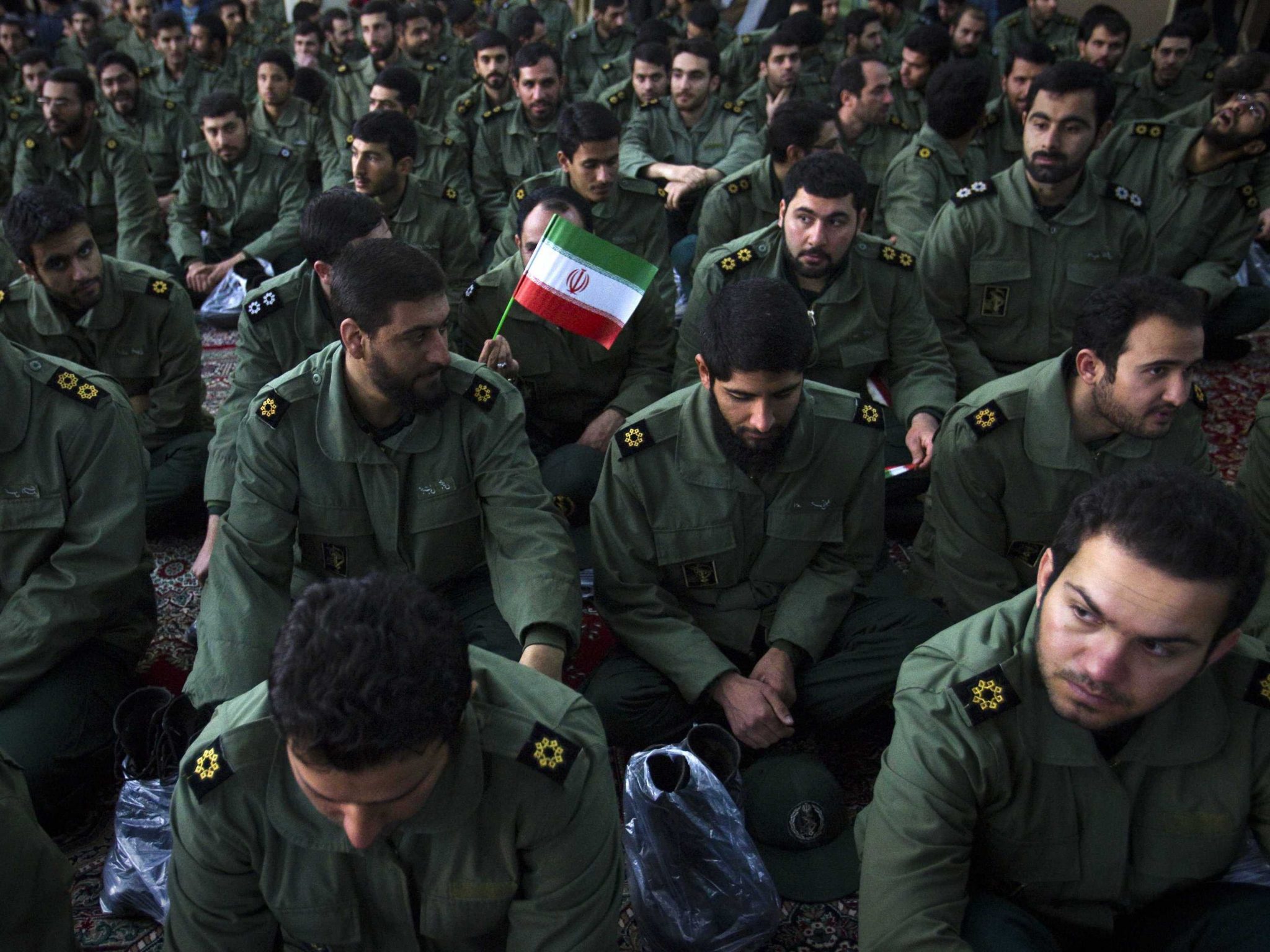
Dreaming of the end of history, Europe awakened by the return of geopolitics in its direct Neighbourhood. With President Putin’s landmark speech at the 43rd MSC in 2007 challenging the post-Cold War world order, the Georgian war in 2008 and more recently with the annexation of Crimea and the war in the Donbas, history has returned. Russia broke its commitment made under the Budapest Memorandum[1] and Ukraine plunged into a crisis which has been smouldering for seven years and killing thousands of people.
The Minsk- Agreements of 2014 and 2015, and the ceasefire agreement of 2020, all sought to end the war but have remained unsuccessful. Recently, the conflict has flared up again in the context of Russia’s massive troop deployment near Ukraine’s borders, the military maneuver on Crimea, and the announcement to block parts of the Black Sea. Adding to this, the former positive trend of declining violence in the wake of the July 2020 ceasefire has reversed since 2021.[2] The rise of logistics capabilities supporting the troop build-up[3] enhanced Russia’s threat-posture and intensified the (perceived) risk of conflict escalation before the announced troop-withdrawal at the end of April 2021.[4]
Click Here to Read the Entire Policy Paper
____________________________________
[1] In the 1994 Budapest Memorandum on Security Assurances, the United States, Russia, and Britain committed “to respect the independence and sovereignty and the existing borders of Ukraine” and “to refrain from the threat or use of force” against the country.
[3] Gordon, M.R. & Kantchev, G. (20 April 2021) Satellite Images Show Russia’s Expanding Ukraine Buildup, The Wall Street Journal.
[4] Announced by Rusian Defence Minister Shoigu 22 April 2021.



